首页 > ENGLISH > About SWIP
Southwestern Institute of Physics(SWIP) was built in Chengdu, China in 1965, which was China’s first nuclear fusion research. It is affiliated with China National Nuclear Corporation(CNNC), and is the core of China’s 3-step national strategy of nuclear energy development (thermal reactor, fast reactor, and fusion reactor).
SWIP has two tokamaks (HL-2A and HL-3) in operation at present, which have made a number of breakthroughs in magnetically controlled nuclear fusion in China. So far, HL-3 is the largest advanced tokamak device with advanced divertor configuration. SWIP has also been an important contributor for Chinese participation in International Thermonuclear Experimental Reactor (ITER) construction, by providing key technologies and components for ITER. So far SWIP has won over 20 Chinese National Scientific and Technological Progress Awards.
SWIP has made numbers of breakthroughs in the key technology of fusion reactor, such as the development of Full Scale Prototype (FSP) qualification assembly completed for the ITER First Wall (FW). The first ISO international standard, proposed by SWIP, was released in 2023.
SWIP has over 2000 staff, including 600 fusion scientists and engineers, while staff under 35 years old accounts for 43%, and staff with doctor’s/master’s degree accounts for 85%. SWIP has a complete range of disciplines, research platforms and laboratories for fusion energy development.
SWIP has established international cooperation with several organizations and countries, such as IAEA, America, Germany, Japan, Russia, France, UK and Korea. SWIP has successfully organized many international academic conferences and has been awarded Chinese International Science and Technology Cooperation Base.
Four millstones
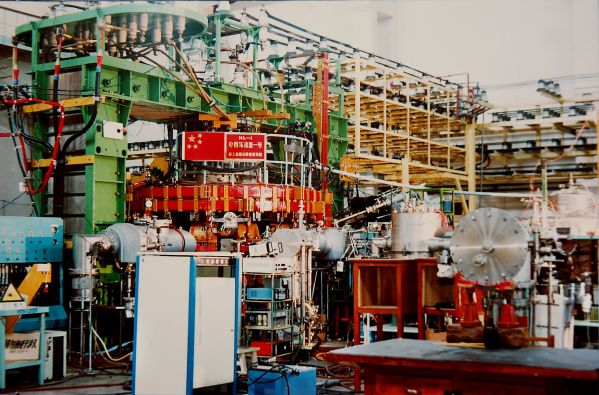
HL-1, 1984
The first large-scale tokamak device in China
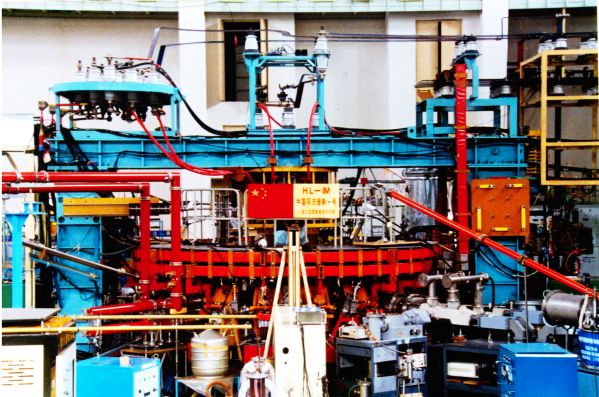
HL-1M, 1994
The upgrade of HL-1
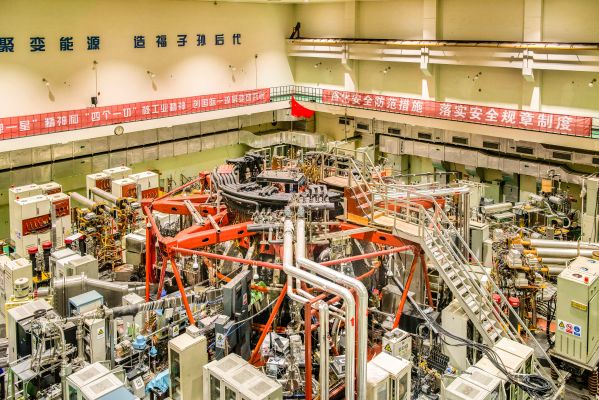
HL-2A, 2002
The first tokamak with divertor configuration in China
The electron temperature reached 55 million degrees in 2006
H-mode plasma discharge obtained for the first time in China in 2009
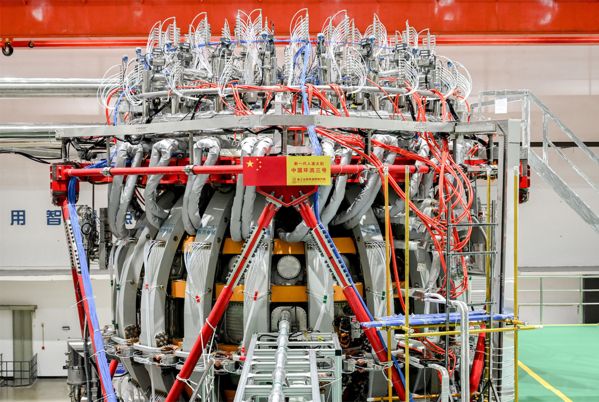
HL-3, 2020
The largest advanced tokamak device with advanced divertor configuration in China
The plasma current reached 1.15MA in 2022
H-mode at 1MA plasma current obtained in 2023
SWIP has three subordinates:
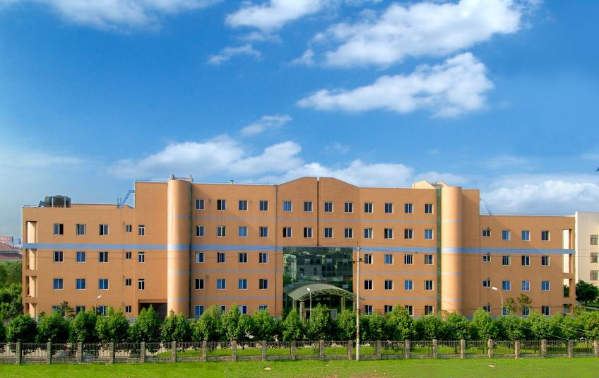
Center for Fusion Science: Engaged in magnetic controlled nuclear fusion research

Plasma Application Center

The Engineering &Technical College of Chengdu University of Technology
